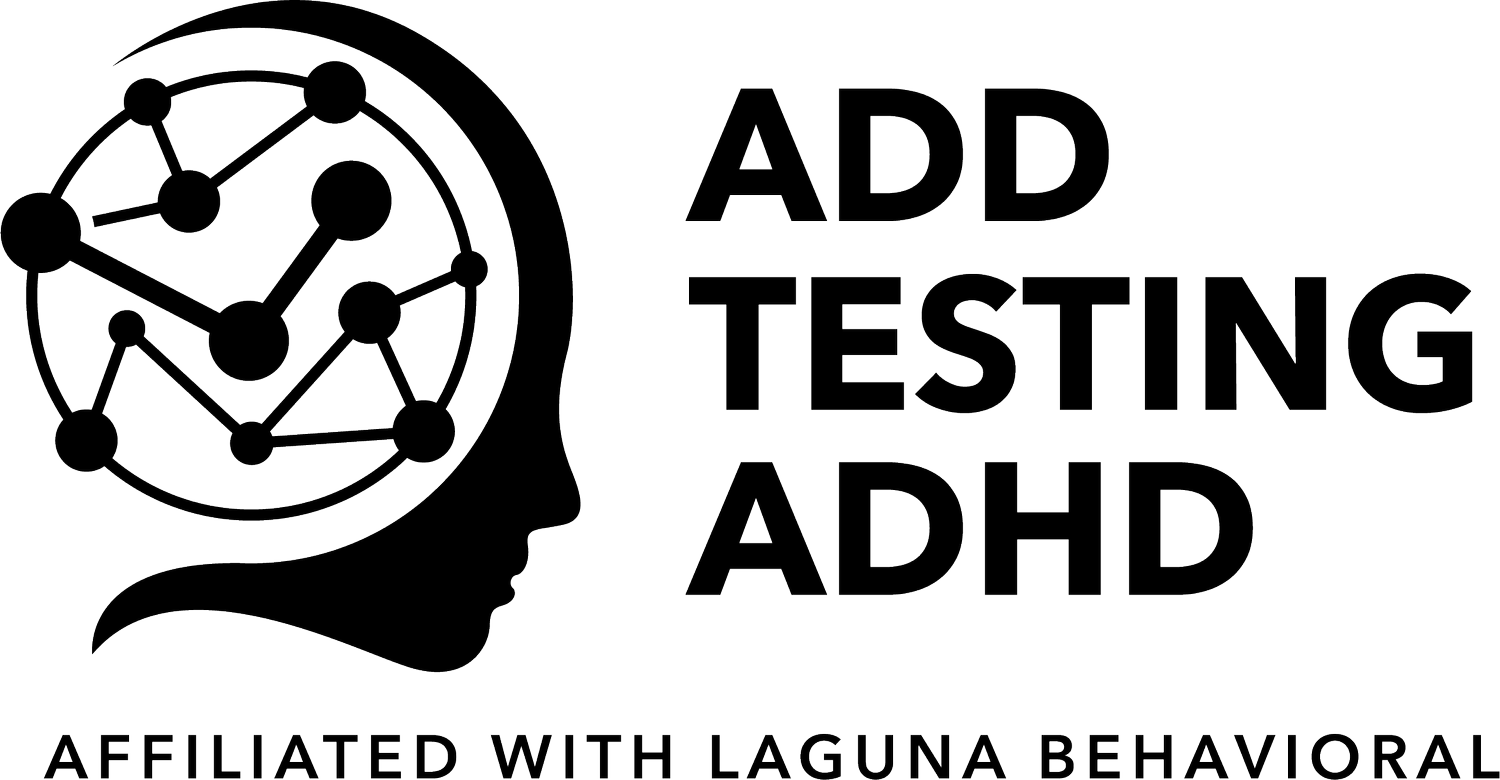Understanding the Rising Rates of ADHD in Adults: A Psychological Perspective
Introduction: In recent years, there has been a noticeable increase in the diagnosis of Attention-Deficit/Hyperactivity Disorder (ADHD) among adults. This trend has captured the attention of researchers, clinicians, and the general public alike. As a trained psychologist, it is important to delve into this phenomenon, exploring the possible reasons behind the rising rates of ADHD in adults and understanding its implications. In this blog, we will examine this topic from a psychological standpoint, shedding light on the contributing factors and offering insights into the complex nature of adult ADHD.
1. Shifting Diagnostic Criteria and Awareness: One of the primary reasons for the increased rates of ADHD in adults can be attributed to the evolving diagnostic criteria and improved awareness of the disorder. Historically, ADHD was often considered a childhood condition that outgrew with age. However, as understanding and recognition of adult ADHD have improved, diagnostic criteria have been refined to include symptoms that persist into adulthood. Consequently, more individuals who may have gone undiagnosed in the past are now seeking assessment and treatment.
2. Enhanced Understanding of Adult Presentation: As researchers and clinicians delve deeper into the complexities of ADHD, our knowledge of how the disorder manifests in adults has expanded. It is now recognized that while some symptoms may change or attenuate with age, ADHD can persist and manifest differently in adulthood. This increased understanding has led to more accurate identification and subsequent diagnosis of adult ADHD.
3. Increased Stress and Demands of Modern Life: The fast-paced nature of modern society, with its demands for multitasking, information overload, and constant connectivity, may contribute to the rising rates of ADHD in adults. These external factors can intensify existing attention and impulse control difficulties, making them more pronounced and interfering with daily functioning. The hyperstimulating environment we live in can act as a trigger, unmasking previously undiagnosed or subthreshold ADHD symptoms.
4. Mental Health and Comorbidity: ADHD rarely exists in isolation, often co-occurring with other mental health conditions such as anxiety, depression, and substance use disorders. The presence of these comorbidities can complicate diagnosis and treatment, leading to a higher likelihood of adults seeking professional help. Furthermore, as mental health stigma decreases, more individuals are willing to address their concerns and pursue evaluations for potential ADHD symptoms.
5. Improved Accessibility to Diagnostic Services: The growing availability and accessibility of diagnostic services have played a significant role in the increased rates of adult ADHD diagnosis. As mental health resources become more widely accessible, individuals who previously lacked access or were unaware of the potential ADHD diagnosis are now able to seek assessment and support.
Conclusion: The rising rates of ADHD diagnosis in adults reflect a combination of factors, including shifting diagnostic criteria, enhanced understanding of adult presentation, increased stress levels, and improved accessibility to diagnostic services. As a trained psychologist, it is crucial to approach the topic of adult ADHD with empathy, understanding, and evidence-based interventions. By acknowledging the unique challenges faced by adults with ADHD and providing appropriate support, we can help individuals lead fulfilling and productive lives, maximizing their potential.
Disclaimer: This blog is intended for informational purposes only and should not be considered a substitute for professional advice or diagnosis. If you suspect you or someone you know may have ADHD, it is recommended to consult with a qualified healthcare professional or psychologist for a comprehensive evaluation and personalized guidance.